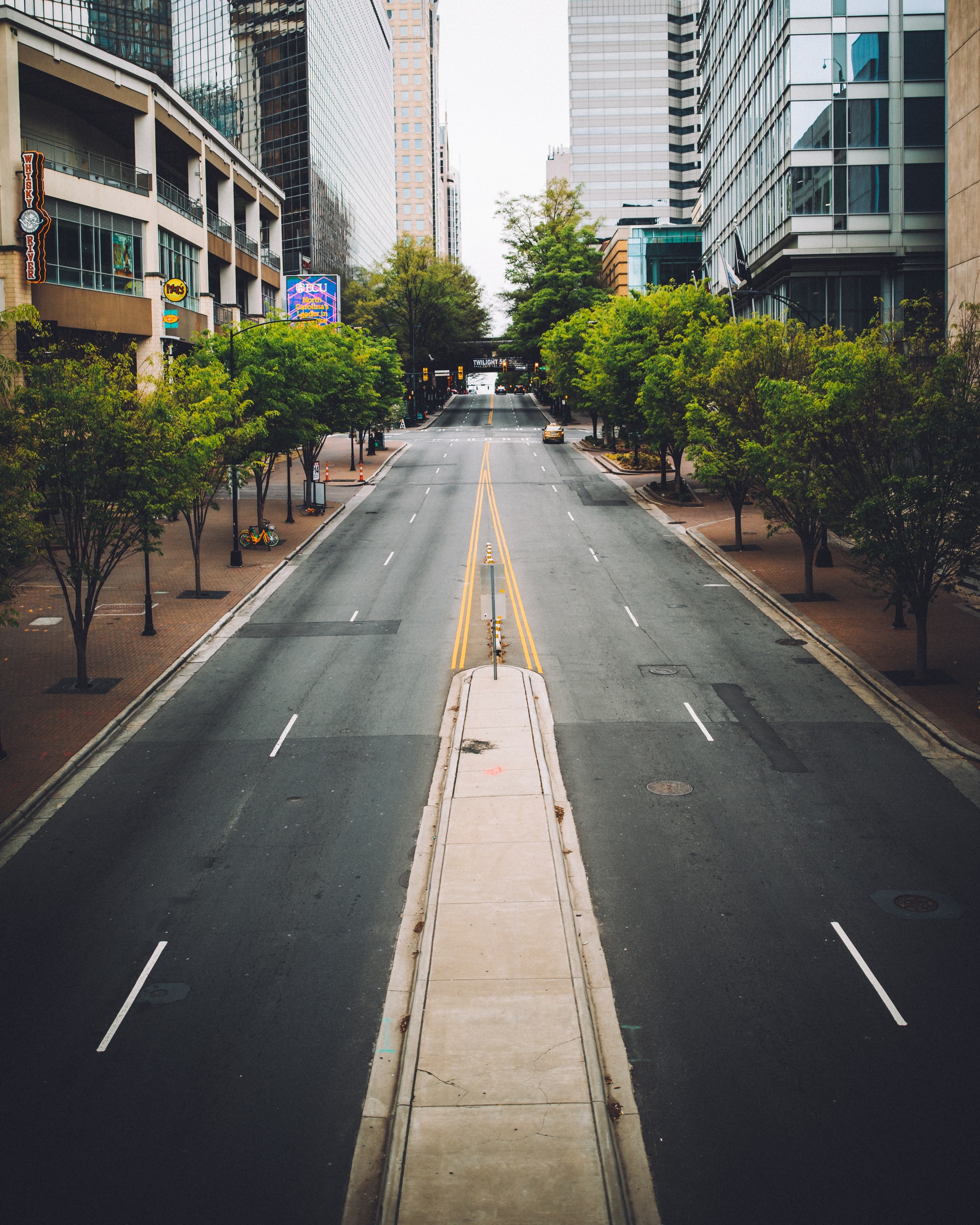The quieting of seismic noise during the coronavirus lockdown may help scientists understand Earth’s natural vibrations.
By Elizabeth Goldbaum, Science Writer (@EFGoldbaum)
Citation: Goldbaum, E., 2020, Ground vibrations in the time of coronavirus, Temblor, http://doi.org/10.32858/temblor.112
On April 1, 2020, April Fool’s day, Thomas Lecocq put out a sincere request on Twitter for collaborators to help make sense of how the coronavirus lockdown policies are affecting seismic noise around the world.
Hey friends! Am usually not the kind to "surf" on hype, but this time, I think it's for good, what do you think to co-write this? This week 🙂@wmvanstone @GeoGinger @celestelabedz @SeisCROv @seismo_koel @JDiazCusi @seismorost @raspishake @SeisCROv @seismo_steve @Koen_VanNoten pic.twitter.com/cqZDvdyN8n
— Thomas Lecocq (@seismotom) April 1, 2020
The tweet helped draw 76 scientists and citizen scientists from 66 institutions in 27 countries to work with Lecocq, a seismologist at the Royal Observatory of Belgium in Brussels. The team pooled diverse skill sets and data sources to discover that the Earth’s usual hum of vibrations from activities like driving and construction decreased by as much as 50 percent from March to May 2020.
This universal stillness is the longest and most coherent global seismic noise reduction in recorded history; it shows that humans’ contributions to specific frequencies of seismic noises are higher than previously thought, the team said in its recently published paper in Science.
This unexpected lull in human activity allows scientists to detect otherwise hidden seismic noises that could indicate potentially harmful subsurface hazards. But this new data comes with a significant caveat.
“We can get excited about science and what it allows us to do, but we need to keep in mind that we’re in the midst of a global pandemic,” Paula Koelemeijer, a coauthor and seismologist at the Royal Holloway University of London, said. “Seismologists are used to that,” since they rely on earthquakes and volcanic eruptions for valuable data while understanding that those natural disasters can impact and devastate lives, Koelemeijer said.
Unveiling hidden seismic noise
Moderate to large earthquakes produce low frequency seismic vibrations. Instead of focusing on those, the team examined small earthquakes that aren’t often felt by people and produce high frequency seismic vibrations. These high frequency vibrations can fall into a similar range as human activities, making it difficult for sensors to differentiate between manmade and natural vibrations in the Earth’s crust.
Anthropogenic seismic noise is considered High-Frequency (4 – 14 Hertz) Seismic Ambient Noise (hiFSAN). Lecocq and his team analyzed hiFSAN data from 337 broadband and individually operated citizen seismometer stations, like Raspberry Shakes, and found a significant lull in hiFSAN during COVID-19 lockdown measures.
“Seismologists are like astronomers,” Rick Aster, a geophysicist at Colorado State University in Fort Collins who was not involved with the study, said. However, they seek quiet instead of dark places.
“We usually use holiday and weekends to compare our data,” Aster said, because seismic noise typically subsides when people are not commuting and are more likely to stay put for extended periods of time.
However, in January during Chinese New Year in Hubei, China, where the coronavirus outbreak began, hiFSAN in 2020 was markedly lower than in prior years, the team found.
“The lockdown gives us additional datasets to detangle human from natural noises,” Aster said.

The global quieting of seismic noise even allowed an urban seismometer station to pick up a relatively small and remote earthquake. A station in Querétaro, Mexico picked up a magnitude 5.0 earthquake at 15 kilometers depth that was 380 kilometers away in Petatlan, Mexico on July 4, 2020. “It’s like being on stage at a stadium that suddenly got very quiet,” Lecocq said. If someone at the back said, “hello,” you’d be able to hear them.
Although the pandemic’s lockdown policies were sudden, deconfinement has been much slower, Lecocq said. The slower reopening of primary schools and then secondary schools and workplaces could allow us to tease out specific seismic noise signatures, he said. If we can more precisely define manmade noise sources, we can eliminate them when we’re looking for natural, geologic seismic noises that could indicate an imminent earthquake or volcanic eruption.
Working together while apart
“This is a really neat study that illustrates how pervasive human activities are in influencing the seismic wavefield,” Aster said. The study’s findings are also unsurprising to people who have been looking at seismic noise for a long time, he said.
What did surprise some was how ubiquitous the pandemic’s impacts were on seismic noise. “Everyone is doing the same thing around the globe,” Koelemeijer said.
Before Lecocq’s April Fool’s day tweet, he shared a tweet about how seismic noise was changing in Brussels during the lockdown. Since a lot of people responded to that tweet, he shared the python code he created to help people analyze their own Raspberry Shake or other seismometer data at home.
“A lot of people enjoyed looking at their data in a different way and enjoyed being part of a community during telework, Koelemeijer said. “It was good to be connected during lockdown,” she said.
A global drop in seismic noise demonstrates how people around the world are staying home to help combat the spread of the virus. The lockdown policies also show how we can do small actions to reduce our impact on the environment, Lecocq said. “We’re witnessing the actions of billions of people,” Lecocq said.
Learn your earthquake risk at Temblor
Further Reading
Lecocq, Thomas, et al. “Global quieting of high-frequency seismic noise due to COVID-19 pandemic lockdown measures.” Science (2020).
- Upgrading Tsunami Warning Systems for Faster and More Accurate Alerts - September 26, 2025
- April 2025 magnitude 6.2 earthquake near Istanbul highlights strengths and weaknesses in seismic mitigation - September 14, 2025
- 2025 Kamchatka tsunami triggered rapid insurance payout in the South Pacific - September 12, 2025
